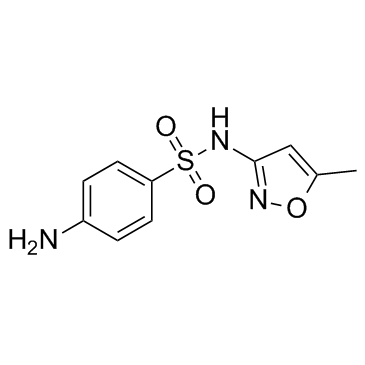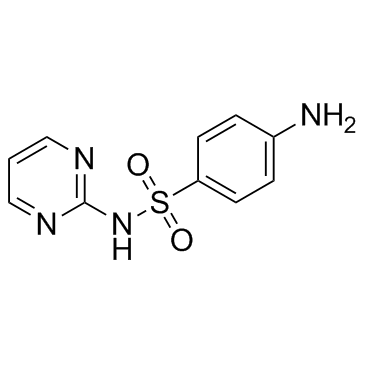| Structure | Name/CAS No. | Articles |
|---|---|---|
 |
Sulfamethoxazole
CAS:723-46-6 |
|
 |
Sulfadiazine
CAS:68-35-9 |
|
 |
Sulfathiazole sodium
CAS:144-74-1 |